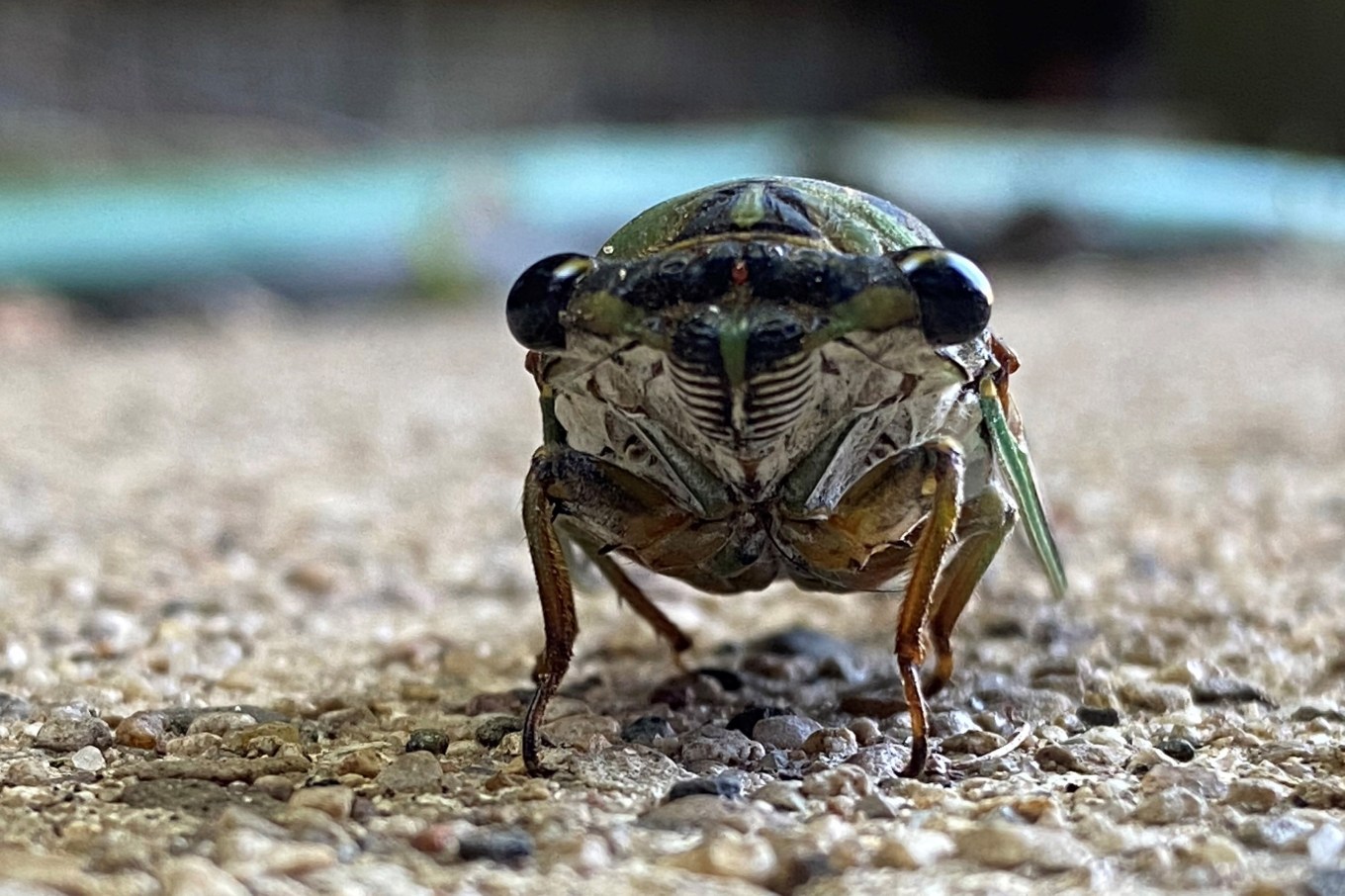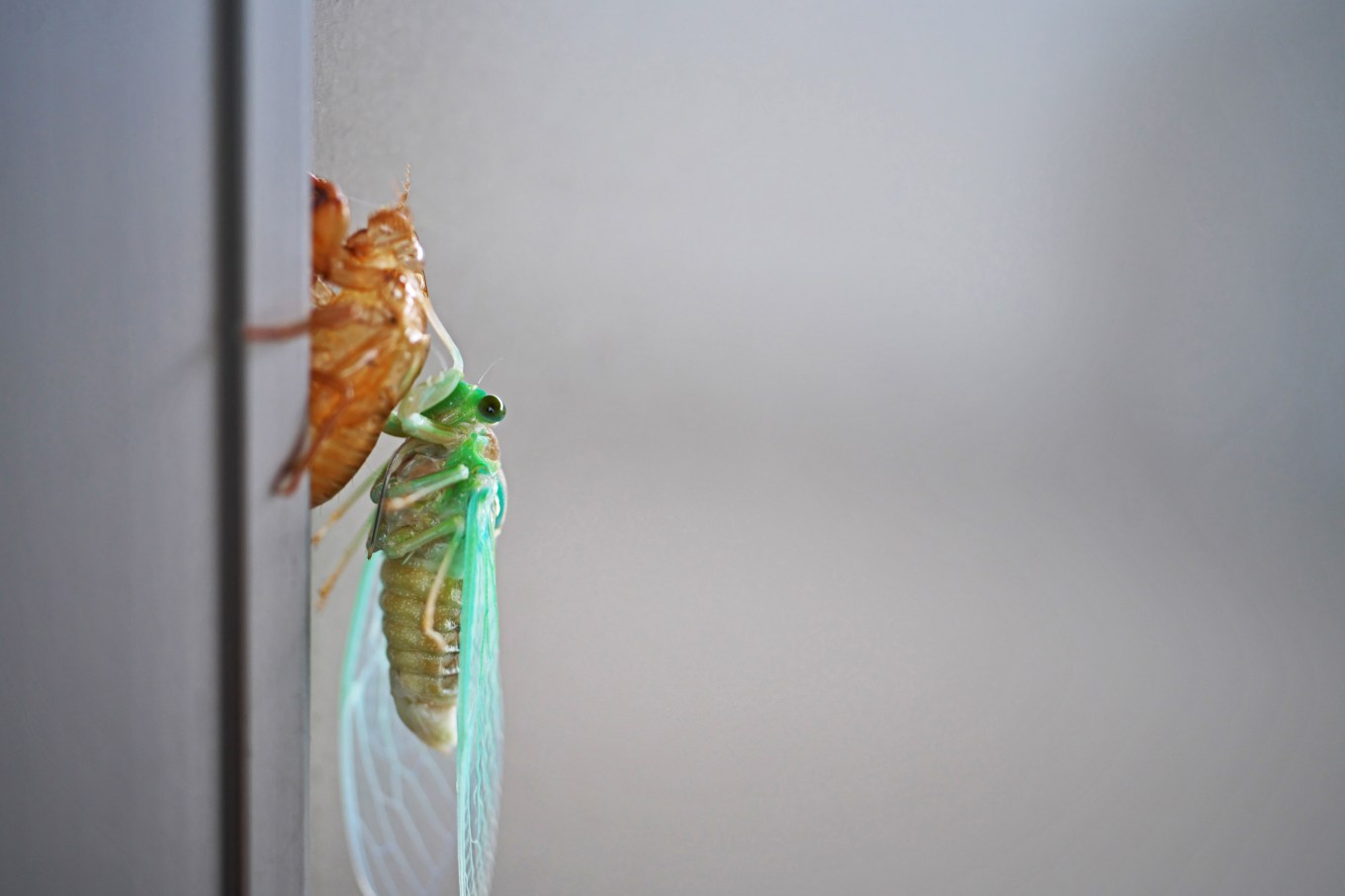It’s a cross between a sci-fi movie and a rare historical event. Two different and enormous broods of cicadas are poised to emerge simultaneously in various locations across the U.S. starting in late April. They'll mate, lay eggs, and die. Now for the history part. The last time the broods surfaced together was – are you ready for this? – when the U.S. signed the Louisiana Purchase and Thomas Jefferson was president. That was 1803.
But what can you expect this spring? Cicadas aren’t likely to harm vegetable or flower gardens or lawns, but they will attack woody plants. Here’s how long cicada brood visits are likely to last, what areas of your yard are most vulnerable, and how to protect your trees, plants, and shrubs from cicadas.
Basic Facts About the Cicadas Heading Your Way

Here are some facts about the cicada broods you might see emerging this spring, depending on where you live:
- These cicadas are called periodical cicadas because they emerge every 13 or 17 years. So, they're different from the annual ones.
- Humans have Blue Zone populations that live to be over 100. In the insect world, the longest-living insects include periodical cicadas. But their quality of life doesn't sounds so great. They mostly live underground as nymphs, feeding on the liquid from plant roots.
- They emerge above ground at predictable intervals in groups called broods: Brood XIX is on a 13-year cycle, and Brood XIII is on e 17-year cycle. Both broods are emerging at the same time in spring 2024.
- When they make their appearance, they arrive in broods, climb trees, sing (it won't be music to your ears), and mate. The female makes slits in branches of trees and woody shrubs and vines and lays eggs in the slits.
And that's where defending your yard comes in.
Essential Tips to Protect Your Yard from Cicada Invaders

Insect experts say there's information and ways you can prepare for the double whammy of two broods of these winged intruders so you can defend your trees, shrubs, and plants.
Where and When Cicadas Will Make an Appearance
Your location will dictate whether your yard is a rest stop for cicada broods. Seventeen-year cicadas typically affect the Northeast and Midwest, as well as some Southern states; 13-year cicadas generally emerge in Midwestern and Southern states, says Nicole Carpenter, president of Black Pest Prevention in Charlotte, N.C. The 13- and 17-year cicada broods overlap in the Midwest and Mid-Atlantic states. If you want more-precise predictions, local entomological reports can fill you in on the areas that will experience cicada invasions, Carpenter says.
The cicada life cycle dictates that broods will emerge from late April to mid-May and be gone in June, says Diane Kuthy, founder and lead gardening expert at How to Grow Everything, a Sandpoint, Idaho-based creative gardening website for beginners.
What Cicadas Broods Will Target in Your Yard
The plants most vulnerable to damage include sapling trees, ornamental shrubs, vines that grow fruit, and certain flowering and fruit trees.
“Cicadas lay their eggs in woody plants,” Carpenter says. “They prefer to lay eggs in branches up to a half-inch in diameter, which makes young trees most vulnerable to cicada infestation. Most often, homeowners find cicadas in branches of young fruit trees like apple, redbud, and maple.” Cicadas also target vines that produce fruits, such as grapes, because of the softer wood of new branches, she adds.
The female cicadas start the reproduction process by cutting slits into branches of woody trees and shrubs, Kuthy explains. After cutting the slits, "the female then lays dozens of eggs into the slit. One female cicada laying eggs into the branches of a tree isn’t a big deal,” Kuthy says, adding that this year’s brooding could produce trillions of cicadas nationwide. That increases the chances of multiple female cicadas laying eggs in the same branch of a tree, which could damage the entire tree branch.
The upshot? “Small trees and shrubs can be completely decimated by a swarm of cicada females in a short period of time,” Kuthy says
Key Do's and Don'ts to Cicada-Proof Your Yard

Some argue cicadas aren’t all bad. They say that once cicadas have died off, they add organic matter that can enrich the soil with nutrients. Kuthy is skeptical about these claims. ““Benefits are mainly environmental,” she says, noting typical homeowners will be hard pressed to find any upside to the invasion.
You can control inconvenience and damage by following these guidelines:
Do's to Control Cicada Damage
- Postpone tree-planting projects until after the cicadas’ expected emergence period, Kuthy recommends. Instead of planting new shrubs and trees in May and early June, wait until later in June, after broods have been exhausted.
- Use a fine mesh netting to protect young trees and/or shrubs that are already in your yard, Carpenter says. Use mesh with openings no more than one-quarter inch to prevent cicadas from penetrating the netting to deposit eggs on branches. Once you’ve placed the netting around trees or shrubs, use twine, zip ties, or garden fabric staples to secure the bottom of the netting around the trunk or base of the plant.
- Wrap the trunks of young trees with aluminum foil or store-bought tree wrap,” Carpenter says. “It’s important to cover the trunk from the very base up to the first branches.”
- Keep your pets from snacking on cicadas. Cicadas are a natural part of the diets of squirrels and birds, and will not harm them. Eating one cicada isn’t dangerous for dogs, but large amounts of the insect can be bad for your pet’s digestive system.
- Check trees and woody plants weekly during cicada emergence, Carpenter says. Note tips of branches, especially those with brownish discoloration, a sign of “flagging” by females laying eggs.
- Prune branches after cicada broods have died off or their emergence period ends. Why wait? “Fresh cuts of the branches appeal to cicadas,” Carpenter says. “They tend to lay eggs in them.”
- Discard pruned branches to prevent the next generations of cicadas. You can add branches to a compost area, but bury them deep in the pile to stop cicada nymphs from entering the soil, Carpenter suggests.
Don'ts to Limit Cicada Damage
- Don’t use pesticides or insecticides because they don’t affect cicadas, says Brett Bennett, director of operations at Purcor Pest in Puyallup, Wash. “They are such a unique insect in that they emerge briefly but all at once, and then when they’re gone, they’re gone. Chemical sprays won’t stop them from emerging.” Chemical-repelling products also pose a risk to pets and wildlife who may munch on cicadas exposed to them. “This is why I advocate for only natural methods to manage cicadas, ones that are safe for pets and the environment,” Carpenter says.
An invasion of cicada broods is anything but good news, but you can take steps to keep them from harming your trees, plants, shrubs, and vines. Be prepared and monitor and cover vulnerable plants in your yard. And just think: After the threat is largely averted, you'll have more than a decade to get ready for a cicada return visit.
